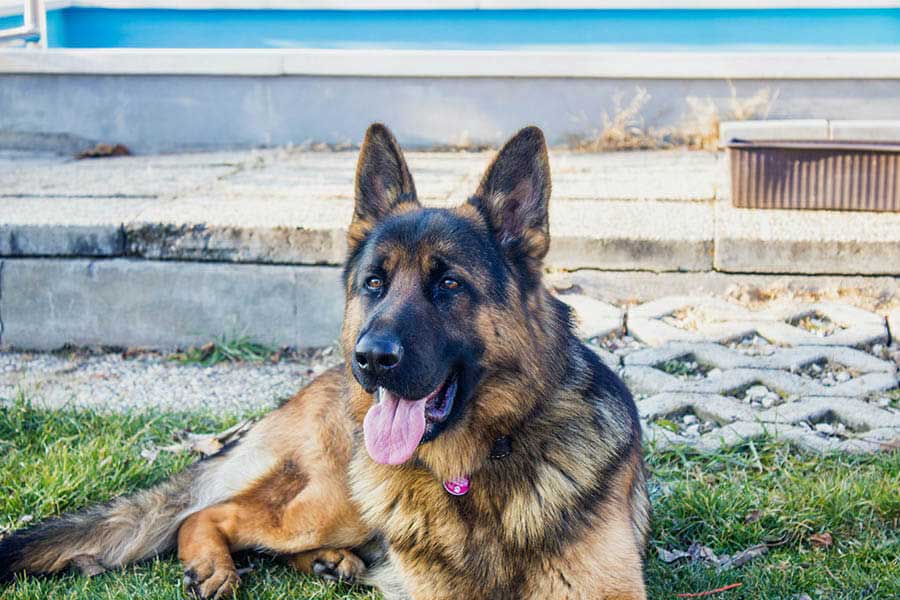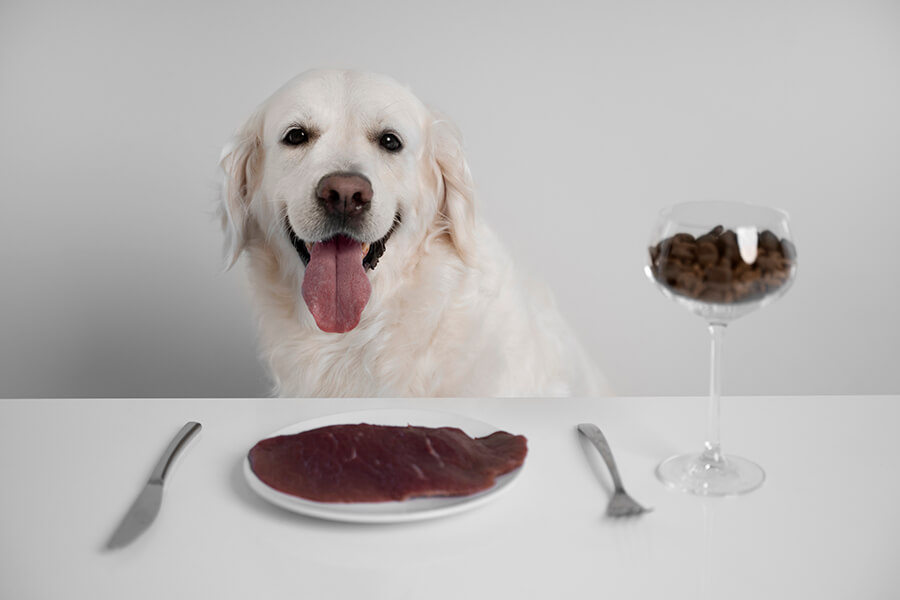Dog Care Starts with Responsibility
Dog care is more than just feeding your pet—it’s a lifelong responsibility. From grooming and nutrition to training and health check-ups, caring for a dog means creating a safe and fulfilling life for your four-legged companion. When done right, proper care builds trust, ensures health, and strengthens the bond between dog and owner.
In this complete guide, you’ll explore every aspect of responsible dog care. Whether you’re a first-time owner or an experienced dog parent, following these practices will help your dog thrive.
Feeding and Nutrition – The Heart of Dog Care
Choosing the Right Diet
One of the most vital parts of dog care is nutrition. Dogs require a balanced diet that matches their age, breed, and activity level. Puppy food is higher in calories and nutrients to support growth, while adult dog food maintains energy and health.
Always select high-quality commercial dog food with named meat sources and no artificial fillers. Alternatively, home-cooked meals can work too—but only under veterinary supervision to ensure the diet is nutritionally complete.
Tip: Never feed dogs chocolate, grapes, onions, or bones, as these are toxic or dangerous.
Feeding Schedule and Portions
Dogs do best on a consistent routine. Puppies need 3–4 small meals daily, while adult dogs typically need just two. Always read the label for serving size and adjust based on your dog’s weight and activity level.
Fresh, clean water must be available at all times. Keeping your dog hydrated is essential for kidney function, digestion, and temperature control.
Grooming and Hygiene – Keeping Your Dog Clean and Healthy
Bathing, Brushing, and Coat Care
A clean dog is a healthy dog. Bathing your dog should be done every 4–6 weeks depending on coat type and activity. Use only dog-specific shampoos—human shampoos can irritate their skin.
Brushing frequency varies by breed. Long-haired breeds may need brushing daily to prevent mats, while short-haired breeds may only need it weekly. Brushing also distributes natural oils, which improve coat health.
Check ears weekly for dirt or signs of infection—redness, bad smell, or excessive wax. Clean gently with a damp cotton ball and vet-recommended cleaner.
Nail trimming is often overlooked but vital. Overgrown nails can cause discomfort and posture issues. If you hear nails clicking on the floor, it’s time for a trim.
Also, clean your dog’s eyes with a damp cloth to remove discharge, especially in breeds prone to tear staining.
Note: Grooming also helps you notice skin issues, lumps, or parasites early.
Exercise – A Key Element of Dog Care
Daily Physical Activity
Dogs need exercise not only for physical fitness but also for mental well-being. Depending on breed and age, your dog may need anywhere from 30 minutes to 2 hours of activity daily.
Walks, runs, games of fetch, and free play in a safe yard or dog park help burn off energy. Exercise reduces destructive behavior caused by boredom or anxiety.
For high-energy breeds like Border Collies or Huskies, simple walks won’t be enough. Include
Indoor Activities and Mental Stimulation
When outdoor play isn’t possible, interactive toys, tug-of-war, or indoor fetch can help. Puzzle feeders and scent games offer mental stimulation and can be just as tiring as a walk.
Obedience training sessions, trick teaching, and playdates also support mental development. Dogs love learning and pleasing their owners.
Training and Behavior Management
Basic Commands and Discipline
Training is essential for proper dog care. Teaching basic commands like “sit,” “stay,” “come,” and “no” keeps your dog safe and well-behaved. Use positive reinforcement—treats, praise, and affection—rather than punishment.
Consistency is key. Short, frequent sessions (5–10 minutes) work better than long, tiring ones.
Start with a calm environment and slowly add distractions as your dog learns.
Managing Common Behavior Issues
Jumping, barking, chewing, and digging are common behaviors that can be corrected with the right approach. Understand why your dog acts out—boredom, anxiety, or lack of training are typical causes.
Redirect unwanted behavior and reward positive actions. For persistent issues, consider consulting a certified dog trainer or behaviorist.
Health and Veterinary Care
Vaccination and Preventive Treatment
No dog care routine is complete without health maintenance. Begin with core vaccinations—rabies, parvovirus, distemper, and others depending on region. Puppies receive shots in intervals; adults need boosters.
Flea, tick, and heartworm prevention are equally important. Choose products recommended by your vet and administer them regularly.
Tip: Keep a record of your dog’s vaccination and treatment schedule.
Routine Vet Visits and Health Monitoring
Take your dog for a full check-up at least once a year. Senior dogs or those with known issues might need more frequent visits.
Watch for signs of illness: vomiting, diarrhea, sudden weight loss, coughing, or behavioral changes. Early detection saves lives and money.
Spaying or neutering is also an essential aspect of health care—it prevents unwanted litters and reduces certain cancer risks.
Final Words: Make Dog Care a Daily Priority
True dog care means committing to your pet’s well-being every single day. From brushing and feeding to training and check-ups, each task plays a vital role in your dog’s happiness and health.
Dogs rely on us for everything. By understanding and applying these care basics, you’re not just meeting their needs—you’re giving them a life full of comfort, safety, and love.
So, whether you’re getting your first dog or have raised many, make dog care a mindful, informed, and loving process.
FAQs-About Dog Care
How often should I groom my dog?
It depends on the breed. Long-haired dogs may need daily brushing, while short-haired dogs can be brushed weekly. Bathing is typically needed every 4–6 weeks.
What’s the ideal daily exercise for my dog?
Most dogs need at least 30–60 minutes of physical activity daily. High-energy breeds may need more intense or longer sessions.
When should I take my dog to the vet?
Annual vet visits are recommended for all dogs. Puppies and senior dogs may need more frequent check-ups or specific treatments based on their condition.















